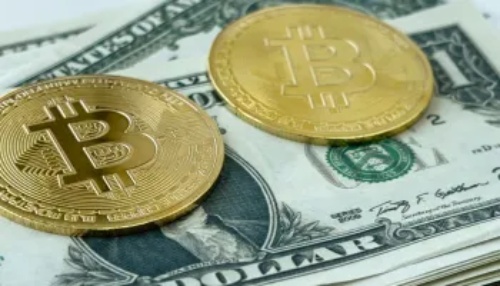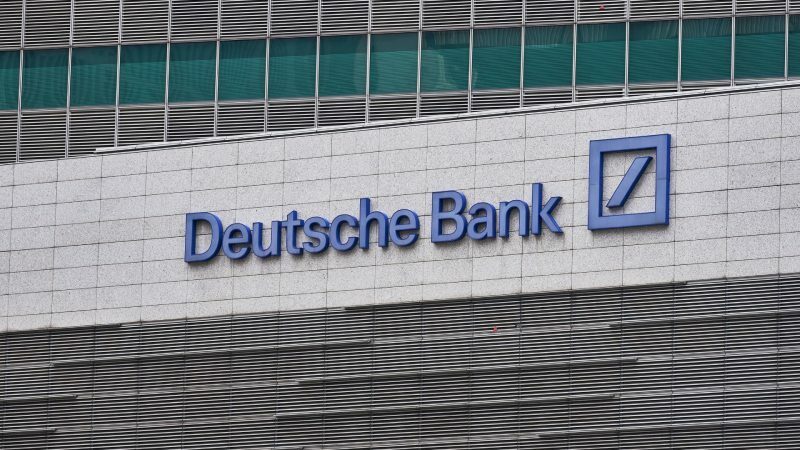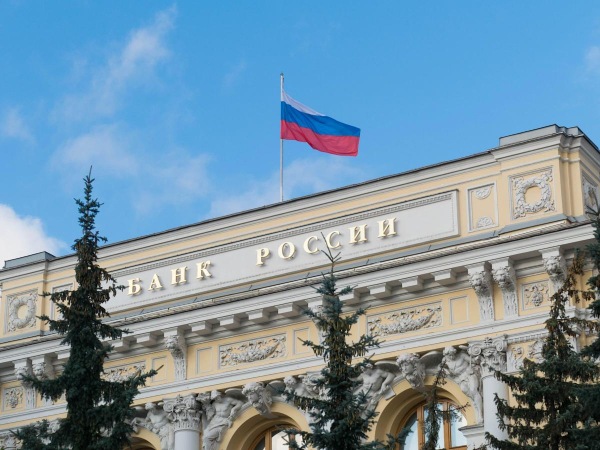This critical proportion of inflation moved at the quickest pace starting around 1982 last month

- Expansion as checked by the Fed’s favored center PCE measure rose 5.2% in January from a year prior. That was the greatest ascent since April 1983.
- Shopper spending popped 2.1% for the month, significantly more than the 1.6% gauge.
- Orders for solid products mirrored the light spending, rising 1.6% or twofold the assumption.
One more key proportion of expansion ticked higher toward the beginning of the year, ascending at its quickest pace in almost 40 years.
The cost file following shopper spending expanded by 6.1% between January 2021 and January 2022, as indicated by new information from the Commerce Department delivered Friday. That was the greatest yearly increment since February 1982.
Stripping out food and energy costs, which will generally be more unpredictable, costs rose 5.2% over a similar period. It was the quickest advance since April 1983.
A key expansion measure showed that costs rose at their quickest level in almost 39 years, yet it didn’t prevent shoppers from spending forcefully, the Commerce Department detailed Friday.
The center individual utilization uses cost list, the Federal Reserve’s essential expansion check, rose 5.2% from a year prior, somewhat more than the 5.1% Dow Jones gauge. It was the most elevated level since April 1983.
For the long stretch of January, costs rose 0.6%, or 0.5% barring energy and food, in accordance with business analysts’ forecasts yet at a quicker rate than in the month earlier.
The individual utilization use cost file, or PCE, is the Federal Reserve’s favored proportion of expansion. Keeping costs stable is one of the Fed’s fundamental assignments. Taken care of Chairman Jerome Powell implied in January that it would start to raise loan fees to battle the high pandemic-period expansion. The primary such rate increment is normal at the national bank’s March meeting. Friday’s report probably has not adjusted that course.
Consistently, center PCE rose 0.5%, in accordance with gauges, while the feature gain was up 0.6%.
A similar report showed that purchaser spending sped up surprisingly quick, rising 2.1% on the month against the 1.6% gauge. The spending increment switched a 0.8% decrease in December.
That came despite the fact that individual pay was level for the month, which was superior to the assumption for a drop of 0.3%. After-assessment, or genuine expendable, pay fell 0.5% as the termination of a youngster tax break offset wage gains and an enormous acclimation to Social Security checks.
Market analysts and financial backers at first idea the Fed could pull out all the stops for its first climb of the Covid time and raise rates by a half-rate point, however Russia’s attack of Ukraine hurt the possibilities of that.
The international advancements are influencing energy costs, which thus are perhaps the greatest supporter of expansion. High as can be gas costs could hurt customer spending and could mean the national bank needs to proceed cautiously in getting control over expansion.
A different report likewise brought more surprisingly good news: Orders for enduring merchandise hopped 1.6% in January, contrasted and the viewpoint for a 0.8% increase.
For business sectors, expansion has been up front as cost gains have persevered at the most grounded levels since the out of control expansions during the 1970s and mid 1980s. In those days, the Fed needed to initiate a line of smothering financing cost rises that hauled the economy into a downturn.
In the current case, policymakers likewise have demonstrated that climbs are coming, however they are wanting to fix in a more purposeful manner. For all intents and purposes generally national bank authorities have said they hope to begin the expansions in March, and markets anticipate that climbs should come all things considered while possibly not every one of the following six gatherings this year.
Level livelihoods, yet rising costs
Friday’s Commerce Department information shows that January wasn’t wonderful for Americans. While earnings didn’t move, costs – – and in this way spending – – rose.
It was the most horrendously awful month for individual wages since September, when they really declined. Expendable, or after-charge, salaries crept up by 0.1%, additionally the most terrible execution since September. To summarize it, Americans had very little additional dollars in their wallets toward the beginning of the year.
“In general, the genuine economy gives off an impression of being in more grounded wellbeing than we dreaded, recommending that the Fed will push on with its arranged rate climbs beginning in March, albeit the Ukraine struggle makes a 50 [basis point] climb more uncertain,” composed Paul Ashworth, boss U.S. financial analyst at Capital Economics.
The information delivered Friday showed that energy expanded at a 1.1% speed in January, while food costs rose 0.9%. Administrations expansion chilled marginally, rising 0.4%.
While wages remained generally level, the individual reserve funds rate fell, dropping to 6.4%, contrasted and 8.2% in December.
Spending actually rose: The report showed that purchaser buys rose by 2.1%, turning around a downtrend from December. January was the greatest month for spending since March a year ago.
On a basic level, this is uplifting news on the grounds that the economy needs purchaser spending to be solid to recuperate. The rising costs for labor and products are a major piece of the story: Even assuming that individuals purchase precisely the same things as they did a year prior, their bills are presently higher.
Expansion took care of through to specialist pay, with wages and pay rates flooding 9.3% in 2021 in the wake of expanding simply 1.3% the prior year. Those costs rose another 0.5% in January, a somewhat more slow rate than the 0.7% expansion the prior month.
That implantation of cash has saved interest for products high.
Barring transportation, new orders actually rose 0.7%. Ex-protection orders were up 1.6%.
However, market analysts and organizations stress that there will be a place where costs are sufficiently high to deflect people from spending.
Buyer opinion has effectively been wounded by the high expansion.
On Friday, the University of Michigan’s last gander at February opinion uncovered a little increase from the underlying information, yet it wasn’t to the point of changing the message: Americans have not had a negative outlook on the economy in 10 years.
Disclaimer: The views, suggestions, and opinions expressed here are the sole responsibility of the experts. No THE CASH WORLD journalist was involved in the writing and production of this article.






